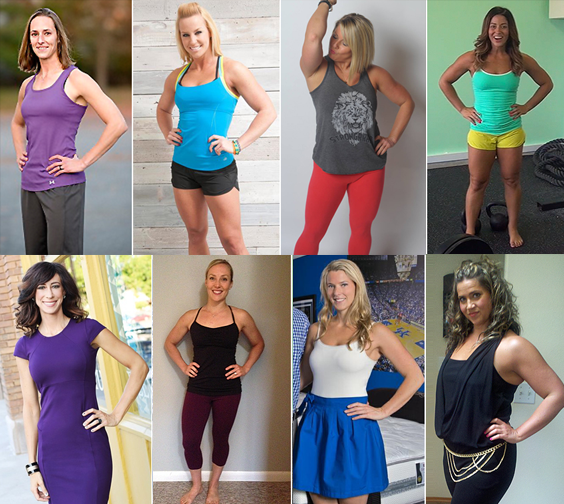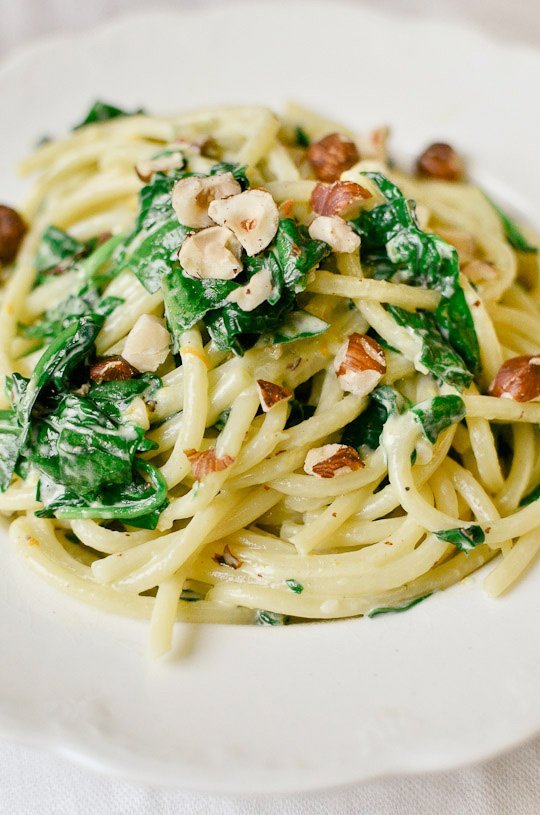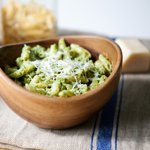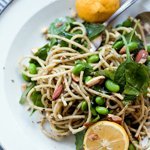 This post was originally published on this site
This post was originally published on this sitehttps://www.girlsgonestrong.com/
You know how no two snowflakes are alike? If you think about how complex we are compared to snowflakes, it should come as no surprise that no two people are alike either. I’m guessing you’re nodding your head in agreement as you think about your friends and co-workers. We definitely all look different. Have you ever thought how this might be relevant to your workouts?

The Internet provides us with so much amazing information about training (as well as some that is, well… not so great), and even allows us affordable access to excellent workouts created by many of the best trainers and coaches from around the world. The programs often include videos or photos showing proper form, and even access to one-on-one coaching via email or video chat.
Perhaps you’ve used one of these programs before and felt that one or two of those exercises didn’t quite feel right for you. There could be a number of reasons why you felt that way, and that’s because we are all different!
Some differences we’re born with, and some we acquire through life experiences, like an injury or an illness. You might be very tall. You might have short legs, wide hips, or large breasts. Those are just some of the visible differences. What about differences beneath the surface, like your shoulder or hip joints?
When it comes to training, I consider these differences under the concept of Individual Physical Preparedness, or IPP. I call it IPP because it fits well with two common training concepts: GPP and SPP.
General Physical Preparedness, or GPP, means having a complete foundation of fitness including speed, power, strength, endurance, and flexibility. What does it look like? Basically it’s a bit of everything: some weight lifting, some jumping and plyometrics, some stretching and mobility work, and some cardio—all trained in varying rep ranges, volume, and intensity over a given period of time. In normal life, having that complete foundation means you’re physically able to do things like carry heavy boxes and move furniture, run through the yard at top speed to shut the gate before the dog gets out, or enjoy a long bike ride with friends. And with a little extra work, you’re in good shape to play a sport.
That little extra work to get us ready for sport is the SPP I mentioned above, which stands for Specialized Physical Preparedness. SPP is also sometimes referred to as sport-specific training, and involves training with specific demands of your sport in mind. If you play tennis, you might include exercises like rotational medicine ball throws in your program, whereas a basketball player’s training might include overhead or chest passes. Similarly, if you play soccer you will probably have a different approach to conditioning (cardio) than you would if you were a cyclist.
Combined, GPP and SPP train the foundation of human movement and address specific tasks for enhanced performance. You can get fantastic training that can prepare you to handle just about anything, yet it may not account for your individuality. That’s where IPP comes in.
As I noted earlier, there are some high-quality programs available online and in bookstores created by knowledgeable, qualified professionals who have your safety and physical health in mind. Still, these programs by design almost always take a general approach and address “normal” bodies.
This doesn’t make the programs bad or flawed. Many of them are fantastic, and if followed properly, provide safe guidelines and yield results. There’s only so much that even the best trainers and coaches can do when creating a program for a broad audience. It’s hard to know in whose hands their products will land, or each user’s unique abilities and limitations. As a result the programs are usually written with the understanding that you may need to make individual adjustments. The best programs acknowledge this and provide regressions and progressions to help you find the right starting point.

Every body is built differently, and your unique structure and life experiences should be considered when you follow a training program.
This is why, as you follow any program, it’s important to be aware of how your body—with its unique structure and personal health and injury history—performs and feels. You might need to make adjustments or even find alternatives for some of the exercises. And that’s OK.
If you find that a movement doesn’t feel great for you when you do it as demonstrated, here are four things to consider:
- You’re not actually doing it as demonstrated.
- You don’t have the strength or mobility (yet!) to do it properly.
- You have a temporary limitation in your available range of motion.
- You have a permanent limitation in your available range of motion.
I’m going to use the squat as an example here.

Most trainers will coach you to squat with your feet a bit wider than shoulder width apart and your feet ever so slightly turned out, about 10 degrees. This is perfect for anyone whose hips are “normal,” but it turns out only 40% of us have “normal” hips. The other 60% of us have some variation(s) in the bony structure of our hips, which means that for us, that particular stance may not be ideal.
Maybe you’ve followed this coaching cue and found it wasn’t feeling quite right for you. In some cases, you can fix the problem by working on ankle, hip, or thoracic spine mobility, or core stability. Addressing one or more of those problems may greatly improve your squat over time. But that’s the thing—it’s often a long-term process. You won’t see drastic improvement in your ankle mobility after just one session of corrective exercises. It takes time and consistent work.
Here’s what’s so cool including IPP when you train: For some people it may actually be possible to fix an exercise in only a few minutes. When I am coaching someone through a squat, and I see some trouble in response to my coaching, I will consider that this individual’s hips may not be “normal.” My next step is to have her change her stance and do another set, this time thinking about how the squats feel as she tries three reps each with her feet in the following positions:
- Straight
- Wider, with feet turned out
- Wider and straight
- Narrower and straight
- Narrower, with feet turned out
I watch each rep carefully, observing from the front and the side in each position, and then talk about her squat. More often than not, one position feels easier and more comfortable, and often (but not always) that is also the position in which the movement looks best.
It is important to note that in some cases, the stance that looks and feels the best still provides an ugly squat. When this happens, mobility and stability work could improve the movement quality, as noted above.
I’m not suggesting that you disregard traditional coaching and form correction. I am suggesting that if you experience some trouble with a movement despite performing it properly as coached, you should stop and consider your individual anatomy. If it’s a case of your structure being different, it will be a much faster and easier correction— one that will increase your squat potential while reducing your risk for injury.
One small change could clean up your squat significantly. Individual consideration allows you to get right to work on squatting safely, instead of either taking a break from squats to work on corrective exercises, or pushing through a painful pattern because it’s “the proper way to do it.”
The squat is one example of what you can do with an exercise to address your unique structure and history. This concept can be applied to other exercises as well.
Here are four critical steps to follow when applying IPP or Individual Physical Preparedness to your workout:
- If the “normal” way feels good, and you’re performing the movement properly, then it’s probably right for you.
- If the “normal” way causes you discomfort, then something is off, and you should take a closer look. First, make sure you’re actually following the properly coached form. Using mirrors or taking a video are great ways to see yourself in action. If it still doesn’t feel great, the solution may be a slight form adjustment like with the squat example above.Your best bet is to seek some guidance with this. Some form adjustments are a good idea, while others are not recommended. If you’re not sure, and if you don’t have someone you can go to for help, following the concept of “if it hurts, don’t do it” should serve you well.
- If you have tried form adjustments, and you still struggle with the movement, but you have no pain, you may just not be strong or mobile enough (yet) for this exercise. If the program you’re following offers some regressions or additional exercises to help you get there, follow them! If it doesn’t, this is a good time to find someone who is qualified to help you with your strength and mobility so that you can do it.
- If you have tried all of the above and you feel pain, your best bet is to seek the help of a qualified professional.
Give this concept of IPP some consideration if you have trouble with some of the exercises in your program.
Note from GGS: If you’re looking for some guidance in the gym, we recommend The Modern Woman’s Guide to Strength Training. This well-rounded program created by experts includes progressions, regressions, and substitutions for every exercise (as well as detailed videos) to help you reach your goals safely and efficiently.



 This
This 
 This
This 
 This
This 
 This
This 





 This
This 
 This
This 





 This
This 
 This
This 
 This
This 





 For now classes are 6pm and 640pm at 2840 Wildwood st in the Boise Cloggers studio.
Book your class NOW!
click this ==>
For now classes are 6pm and 640pm at 2840 Wildwood st in the Boise Cloggers studio.
Book your class NOW!
click this ==>








